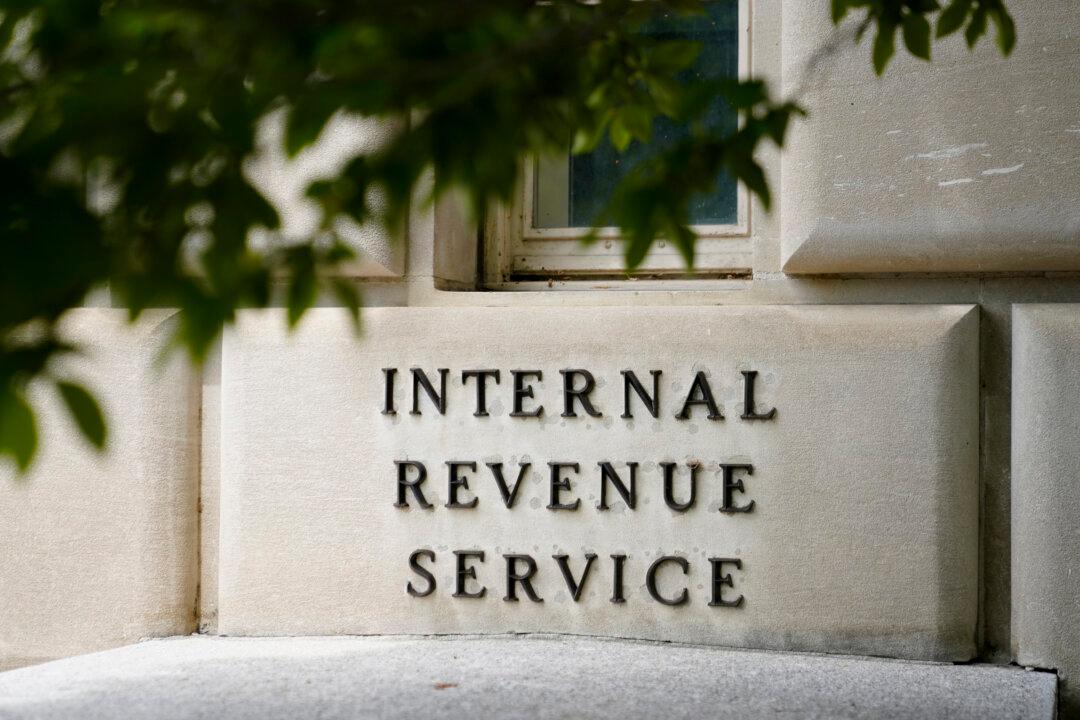The U.S. Internal Revenue Service (IRS) reminded taxpayers that the estimated tax-payment deadline for the second quarter of 2024 is due within a week.
Taxpayers expected to have a tax liability of $1,000 or more when they file their annual return must make estimated tax payments on a quarterly basis. For the second quarter, the deadline is set for June 17, the IRS said in a Monday press release. “Taxpayers making estimated tax payments should consider this deadline to avoid falling behind on their taxes and facing possible underpayment penalties. And the IRS reminds taxpayers that third-quarter payments are due Sept. 16, and the final estimated tax payment for tax year 2024 will be due on Jan. 15, 2025.”





